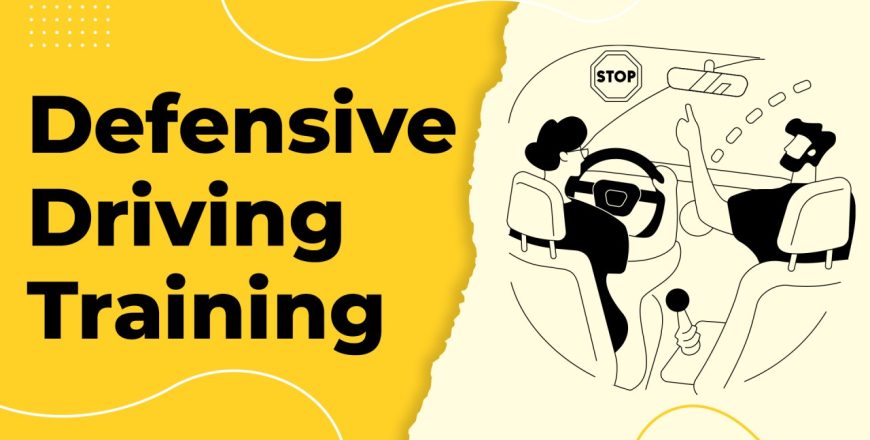Defensive and Tactical Driving Course

About Course
Do you simply operate your vehicle, or do you command it? In today’s unpredictable driving environment, the difference between a routine trip and a critical incident can be a matter of seconds and skill. The Defensive and Tactical Driving Course is designed to transform you from a passive motorist into a proactive, confident, and highly competent driver, capable of anticipating, mitigating, and responding to any on-road challenge.
This is more than a standard driving lesson. This comprehensive program empowers you with a professional-grade understanding of vehicle control, threat avoidance, and risk management. We move beyond the basic rules of the road to instill a mindset of constant awareness and strategic positioning. Our curriculum is built on the same principles trusted by security professionals and expert drivers, tailored for anyone who is serious about maximizing their safety and the safety of their passengers.
Who is this course for?
-
Corporate Professionals who drive as part of their job and want to reduce risk and liability.
-
Security Personnel seeking to add essential vehicle operations to their skillset.
-
New Drivers who want to build a foundation of superior driving habits from day one.
-
Experienced Motorists who recognize the need to update and elevate their skills for modern traffic conditions.
-
Any individual or family who believes that safety is paramount and wants the confidence of knowing they are prepared for the unexpected.
Throughout this immersive course, you will master:
-
The Proactive Mindset: Learn to read the road, identify potential hazards before they develop, and shift from reacting to danger to preventing it entirely.
-
Advanced Space and Threat Management: Command the “safety bubble” around your vehicle, find the “path of least resistance” in heavy traffic, and safely de-escalate encounters with distracted or aggressive drivers.
-
Life-Saving Emergency Maneuvers: Gain the knowledge to execute maximum-force emergency stops and precise evasive swerves, understanding the critical split-second decision of when to brake and when to steer.
-
Specialized Convoy Operations: Understand the discipline, communication, and formations required to move multiple vehicles as a secure, coordinated team—a vital skill for professional applications.
-
Vehicle Dynamics and Maintenance: Learn why your vehicle’s condition is a cornerstone of safety and how to perform rapid, effective pre-drive inspections to ensure your car is as ready as you are.
Upon completion, you will not just receive a certificate; you will possess a new level of command and control behind the wheel. You will look at traffic differently, anticipate the actions of others with greater clarity, and have the confidence that comes from knowing you have the skills to protect what matters most.
Enroll today and take control of your safety on the road.
Course Content
Principles of Defensive Driving
-
AWARENESS: Scan, Identify, Predict
-
SPACE: Manage Your Safety Cushion
-
TIME: Give Yourself Time to Make Decisions
-
Key Takeaways/Summary
Threat Avoidance Techniques
Convoy Driving and Motorcade Security
Evasive Maneuvers and Emergency Stops
Vehicle Inspection and Maintenance
Road Safety Regulations
Assessment: Driving test + safety inspection practical
Final Exam
Certification: Certified Tactical Driver (CTD)
Student Ratings & Reviews
